Rubinstein-Taybi Syndrome - GeneReviews® - NCBI Bookshelf
Por um escritor misterioso
Last updated 11 novembro 2024

Rubinstein-Taybi syndrome (RSTS) is characterized by distinctive facial features, broad and often angulated thumbs and halluces, short stature, and moderate-to-severe intellectual disability. Characteristic craniofacial features include downslanted palpebral fissures, low-hanging columella, high palate, grimacing smile, and talon cusps. Prenatal growth is often normal, then height, weight, and head circumference percentiles rapidly drop in the first few months of life. Short stature is typical in adulthood. Obesity may develop in childhood or adolescence. Average IQ ranges between 35 and 50; however, developmental outcome varies considerably. Some individuals with EP300-related RSTS have normal intellect. Additional features include ocular abnormalities, hearing loss, respiratory difficulties, congenital heart defects, renal abnormalities, cryptorchidism, feeding problems, recurrent infections, and severe constipation.

Rubinstein-Taybi syndrome with scoliosis treated with single-stage posterior spinal fusion: illustrative case in: Journal of Neurosurgery: Case Lessons Volume 1 Issue 11 (2021) Journals
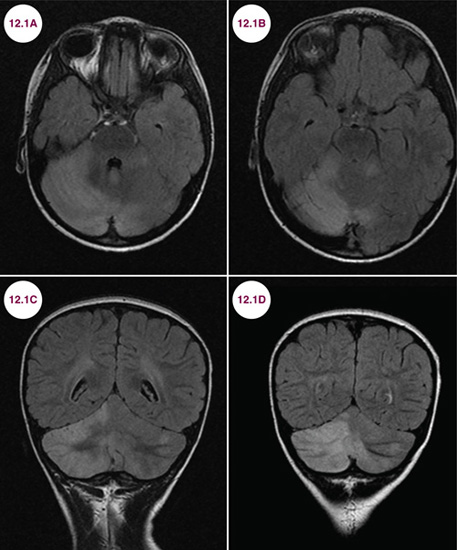
Pediatrics Neupsy Key

Chromosome 16p13.3 Deletion Syndrome, Proximal disease: Malacards - Research Articles, Drugs, Genes, Clinical Trials
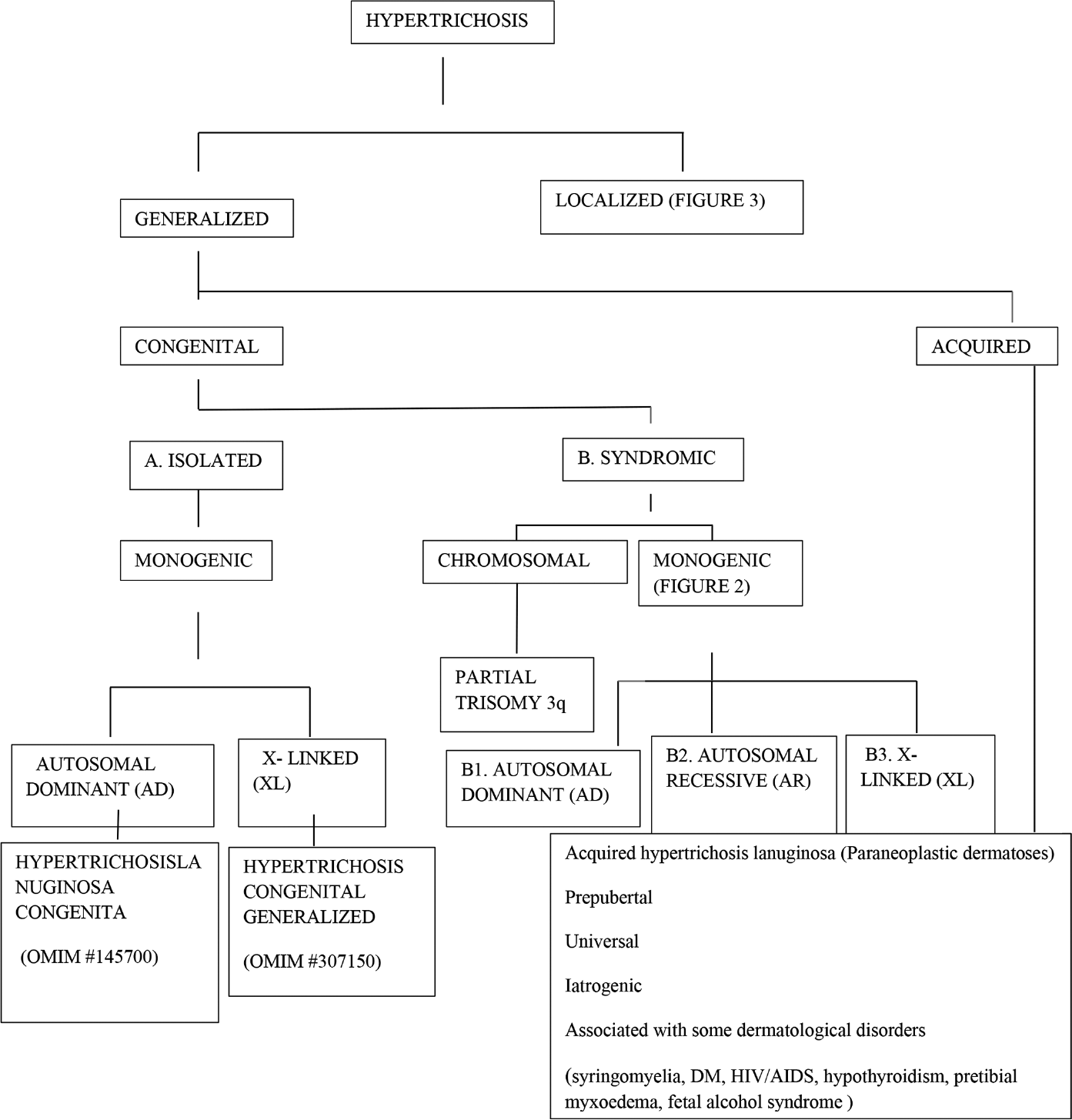
Approach to inherited hypertrichosis: A brief review - Indian Journal of Dermatology, Venereology and Leprology
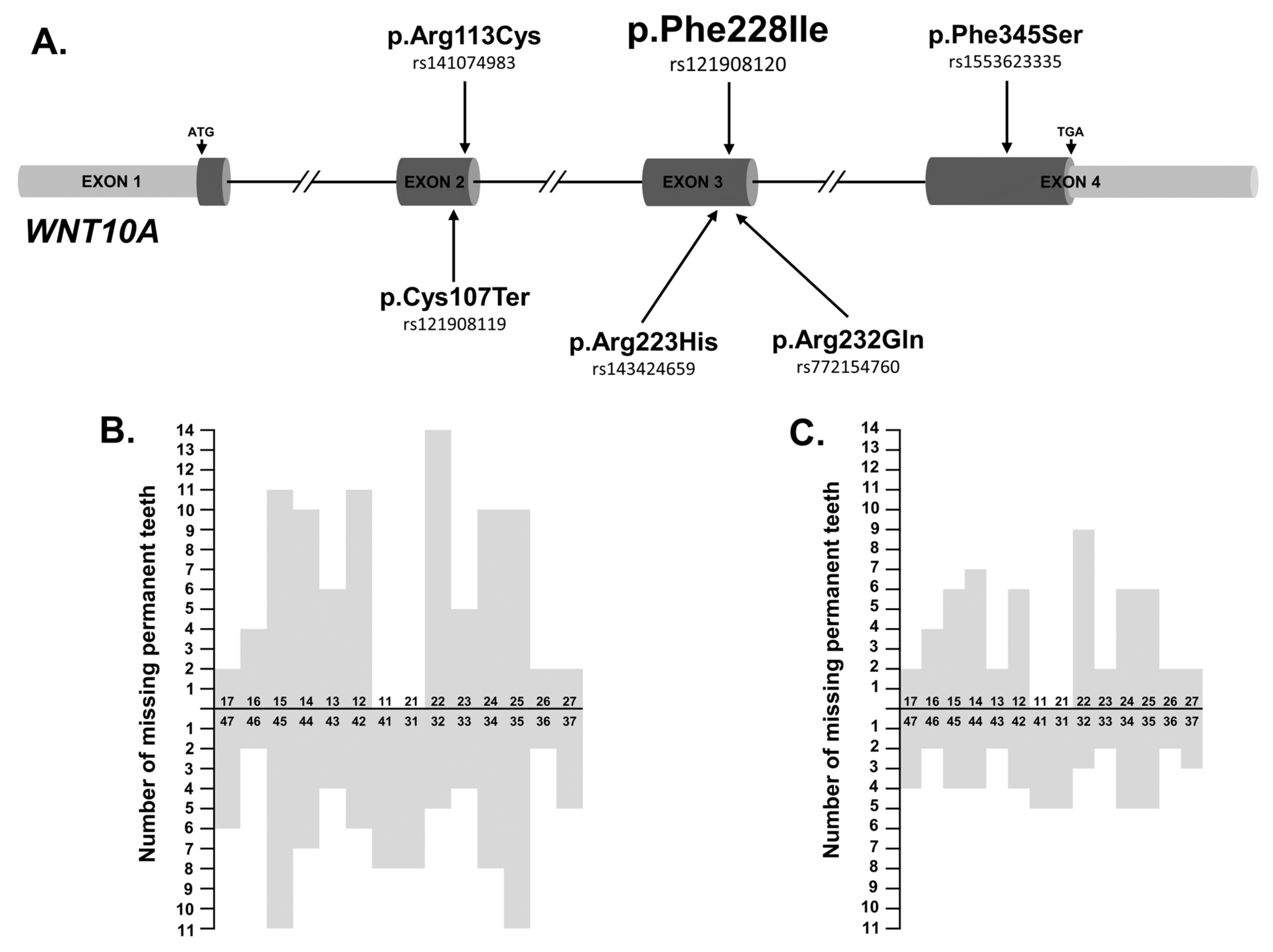
JCM, Free Full-Text

Filippi Syndrome disease: Malacards - Research Articles, Drugs, Genes, Clinical Trials

PDF) An unusual presentation of Rubinstein-Taybi Syndrome with bilateral postaxial polydactyly Corresponding author

Hennekam Lymphangiectasia-Lymphedema Syndrome 1 disease: Malacards - Research Articles, Drugs, Genes, Clinical Trials
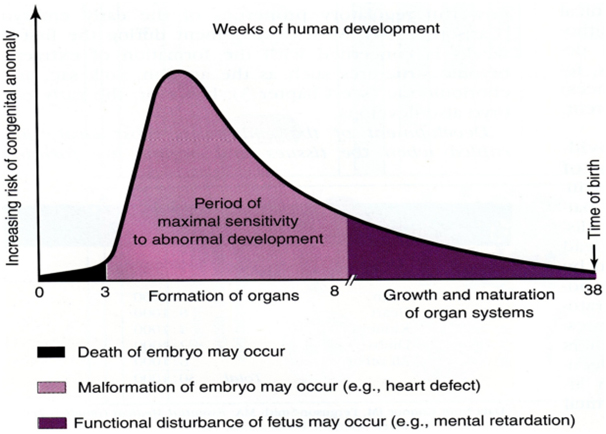
DysmorphicNeonate: An Approach to Diagnosis in The Current Era

Identification of de novo EP300 and PLAU variants in a patient with Rubinstein–Taybi syndrome-related arterial vasculopathy and skeletal anomaly

1q21 1 Deletion Syndrome: Most Up-to-Date Encyclopedia, News & Reviews
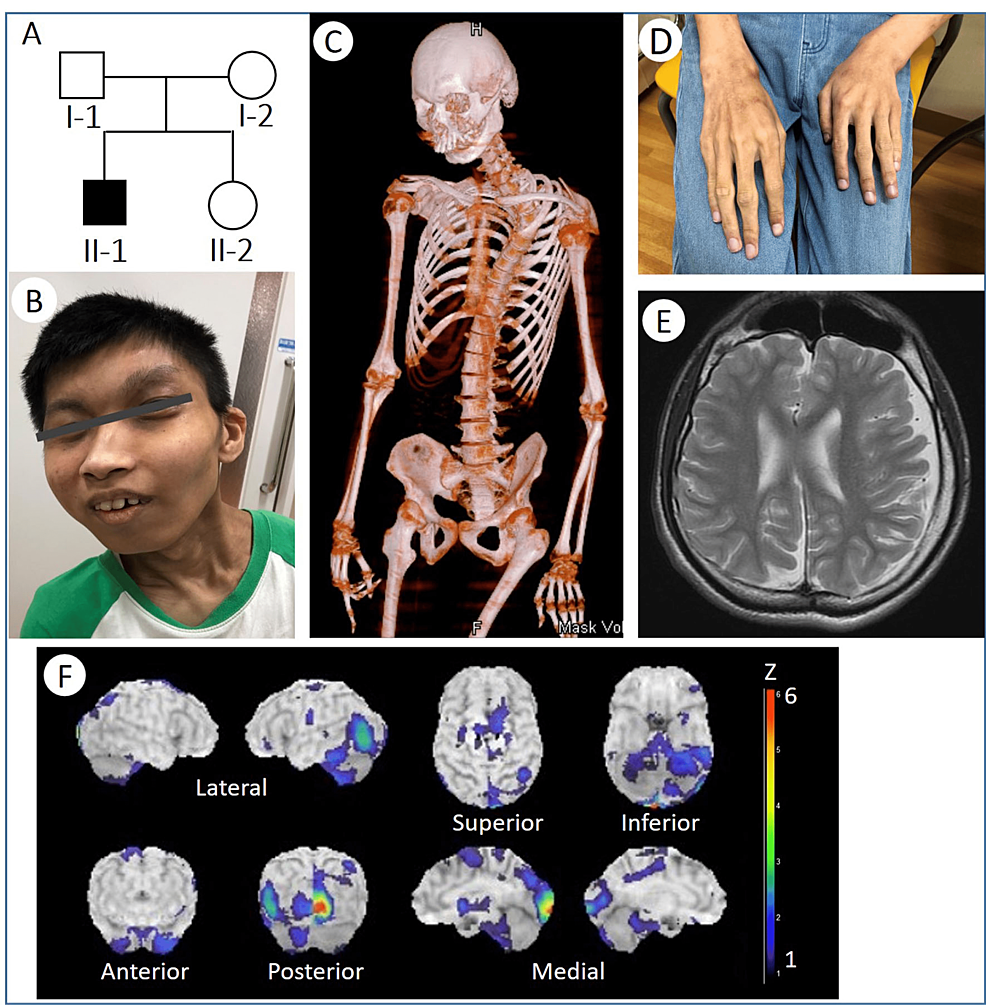
Cureus, Whole-Exome Sequencing Identified a Novel DYRK1A Variant in a Patient With Intellectual Developmental Disorder, Autosomal Dominant 7
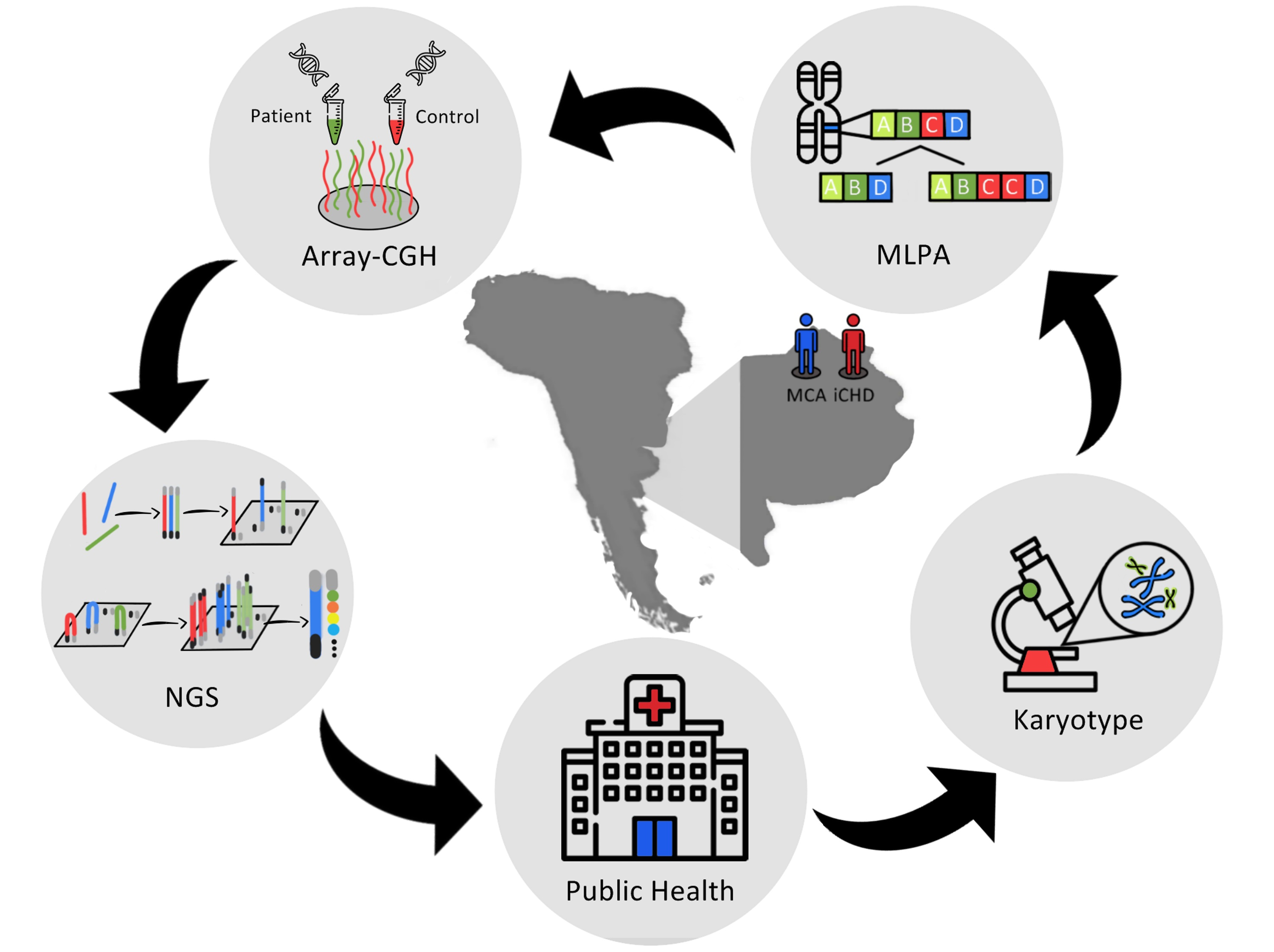
Genes, Free Full-Text

Medical Publications – Bohring-Opitz Syndrome

Skeletal Dysplasias - Endotext - NCBI Bookshelf
Recomendado para você
você pode gostar
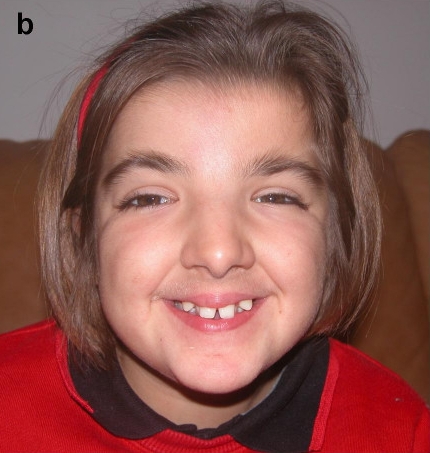
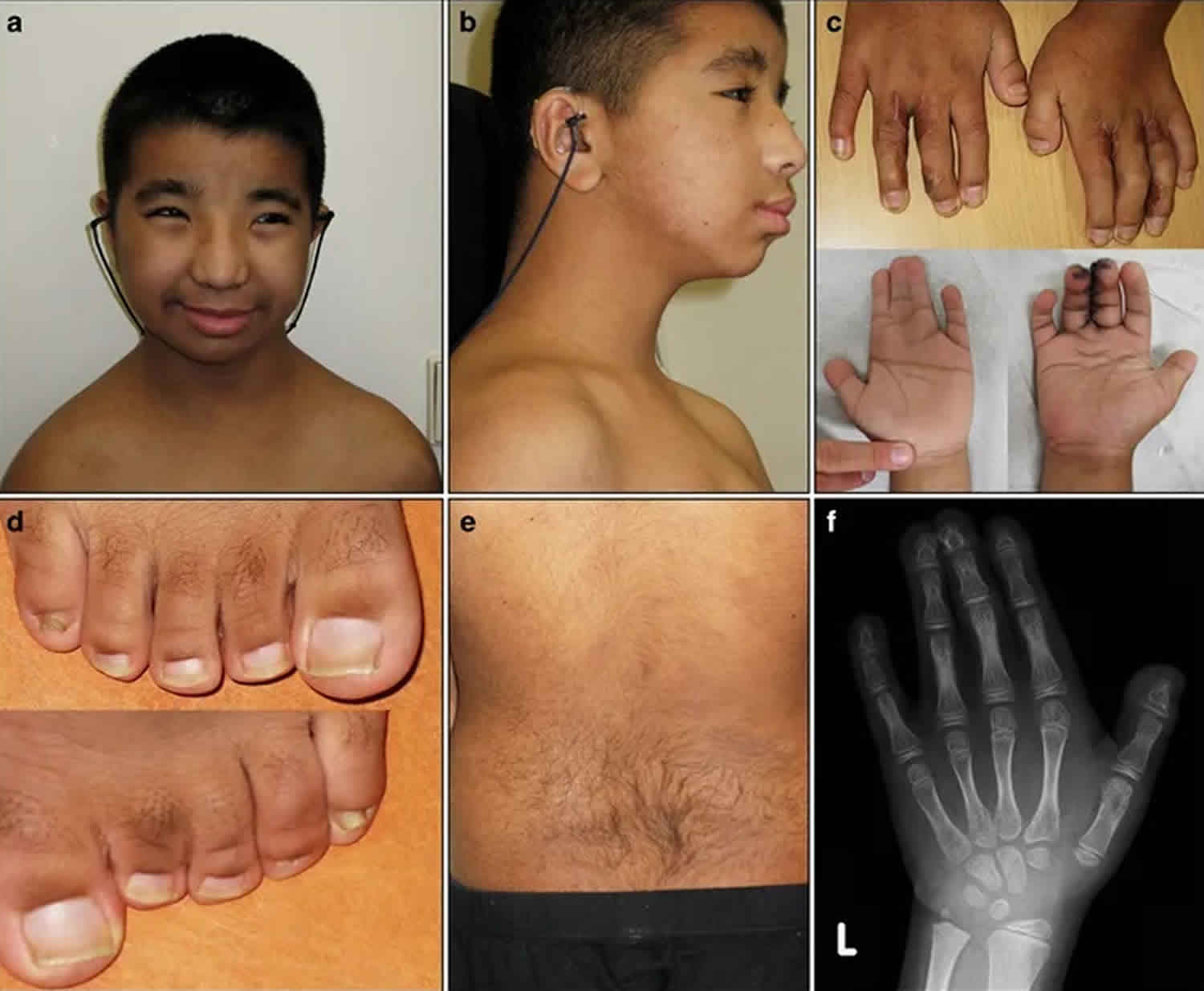

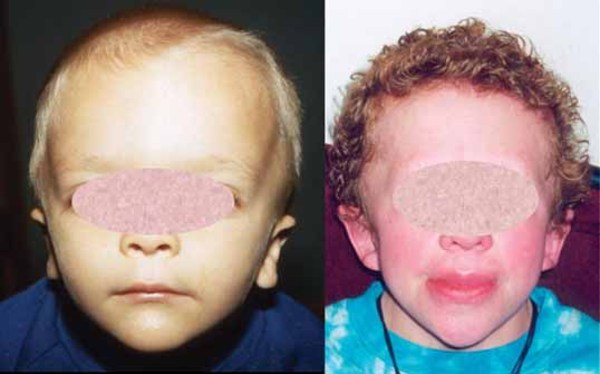

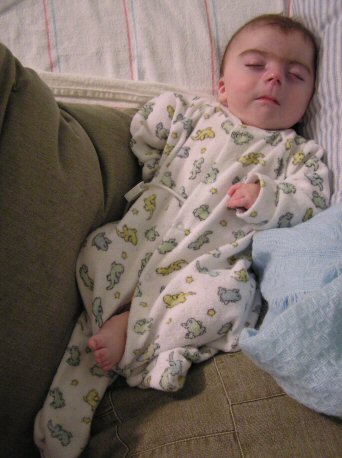






![👨💻🔥 [New!] Hacker Tycoon 2🔥👨💻 - Roblox](https://tr.rbxcdn.com/10b1a5c6a33342e750a2efbdeedce234/500/280/Image/Jpeg)




